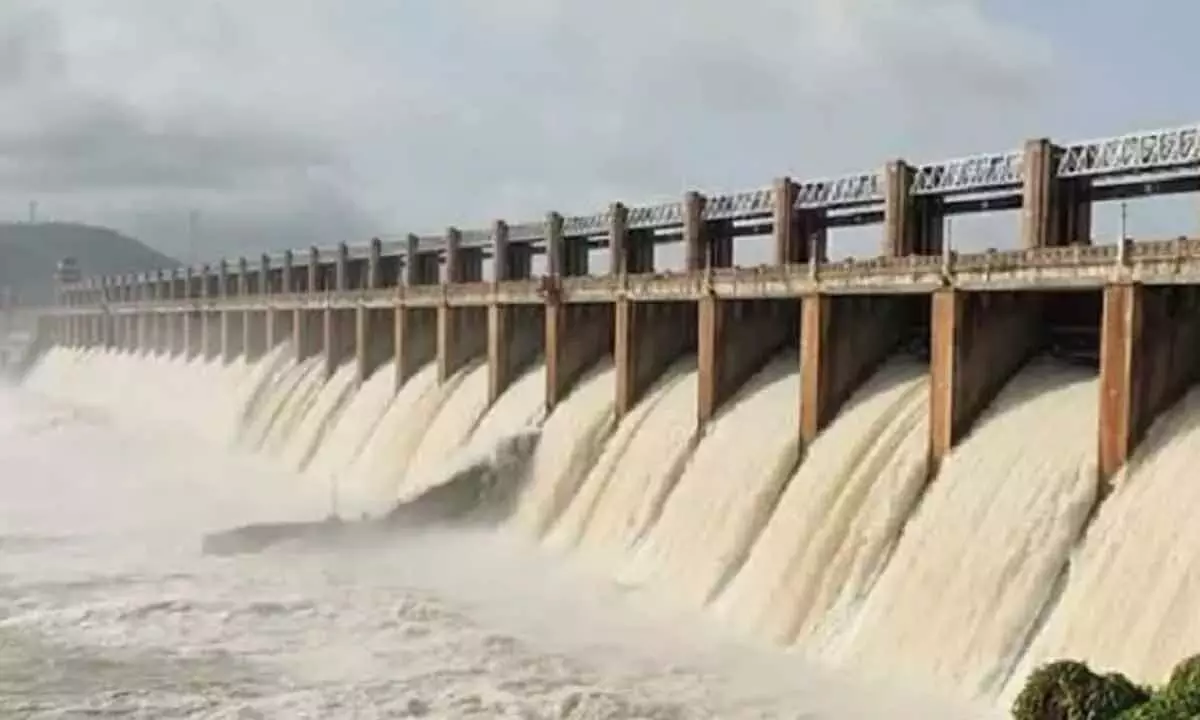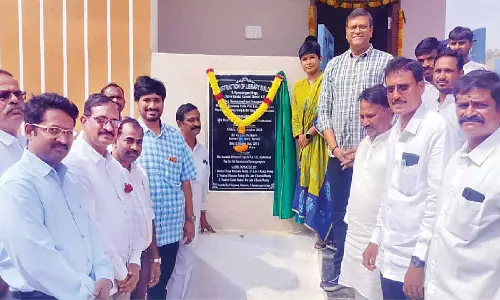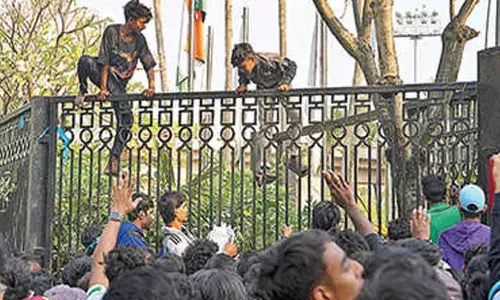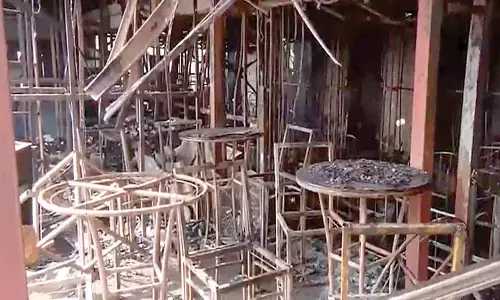Dam gate break a warning on irrigation infrastructure

The washing away of gate resulting in possible wastage of huge quantity of water is an alert to review status of maintenance of all irrigation projects and its infrastructure
Anantapur: The incident of crashing of crest gate No 19 of Tungabhadra dam due to the pressure of excess inflows is a sort of a danger bell to alert irrigation authorities of all projects be it in Karnataka and AP and Telangana states which are stakeholders in the TB dam project.
It is also an alert to review status of maintenance of all irrigation projects and its infrastructure. It is high time to apply the mind of governments on modernisation of irrigation infrastructure for preventing wastage of rainwater into the sea.
The Tungabhadra dam, located on the Tungabhadra river in Karnataka, is a critical infrastructure project serving multiple purposes, including irrigation, hydroelectric power generation, flood control and water supply.
Ensuring the safety of this dam is of paramount importance due to its significance for the states of Karnataka, Andhra Pradesh and Telangana.
The Tungabhadra dam should undergo periodic maintenance to ensure that all its components, including spillway gates, sluices and structural elements, are in good working condition. Comprehensive inspections are to be conducted, especially before the monsoon season when water levels rise significantly.
High Level Canal (HLC) superintending engineer Raja Sekhar told ‘The Hans India’ that efforts are being made to prevent any roadblocks for free flow of water from Tungabhadra dam into the HLC canal.
The board authorities are keeping a tab on the safety of the dam and periodical inspections were taking place to attend to emergency repairs, if,any by the board. Handri-Neeva SE Naik stated that HNSS project canals are also under strict vigilance to meet exigencies, if any, in this regard.
The dam is equipped with multiple spillway gates that are used to regulate water flow.
The Saturday’s incident has baffled the farmers and the common man as it is reported that roughly 60 tmc ft of water is being let out into the sea, dampening the spirits of farmers who entertained high hopes on the water supply to AP, particularly the stakeholders districts of Rayalaseema.
‘Irrigation Watch’ member Dr M Suresh Babu commenting on the subject opined that many reservoirs have limited storage capacity. During heavy inflows, they can reach their maximum capacity quickly, requiring the release of water to prevent dam failure. Expanding the capacity of existing reservoirs or building new ones can help store more water. Some regions have proposed the interlinking of rivers and water bodies to transfer excess water from flood-prone areas to regions facing drought. While ambitious, these projects are complex, costly and can have significant environmental impacts.




















